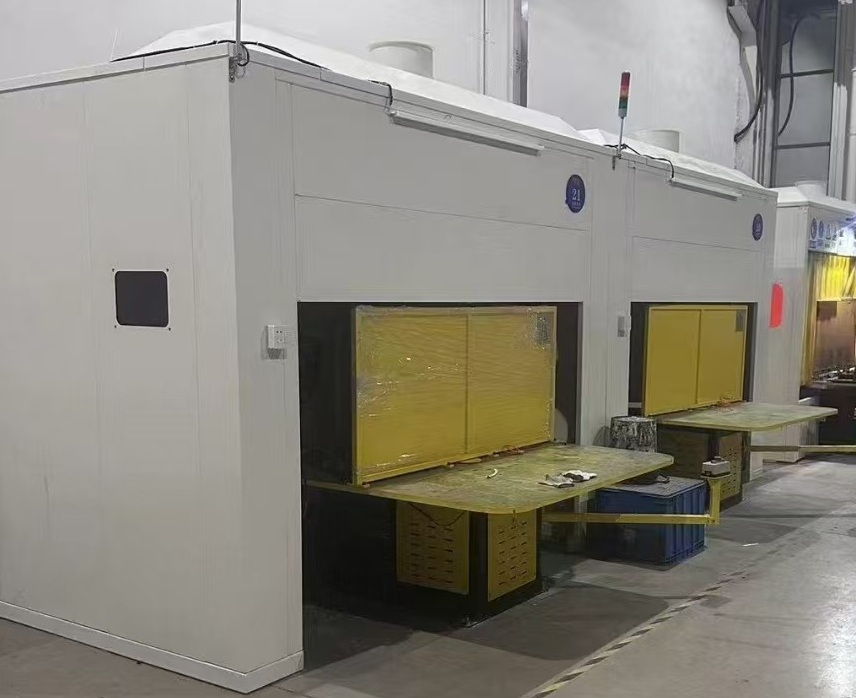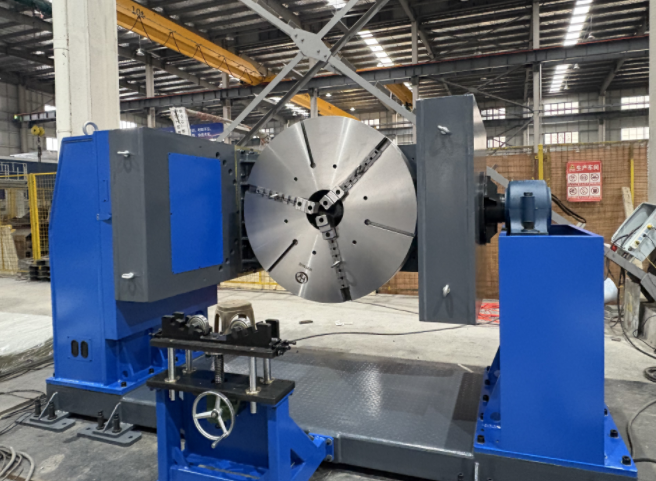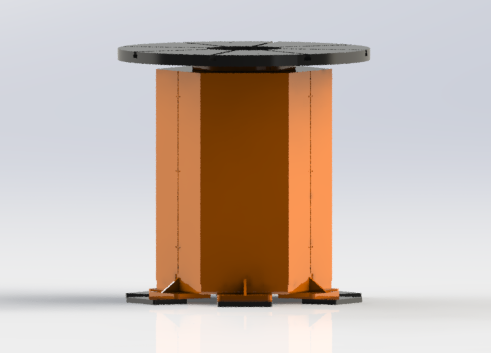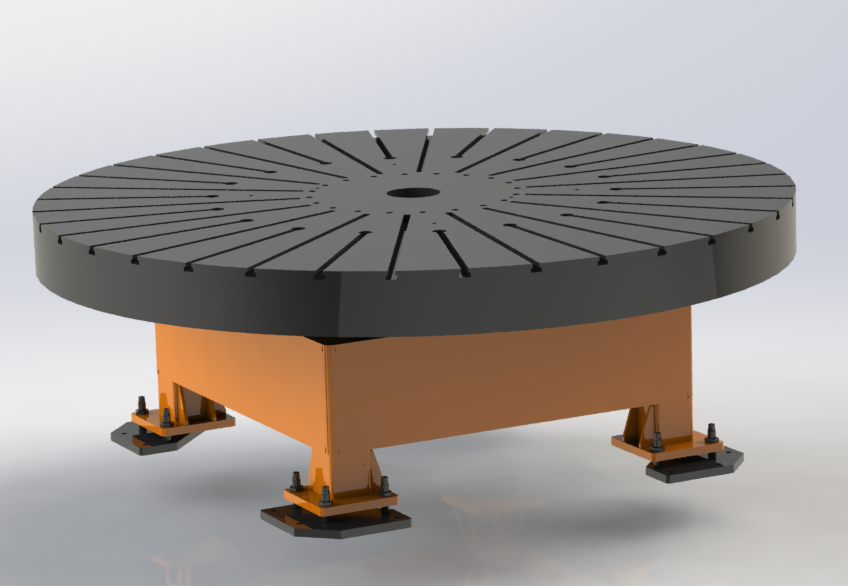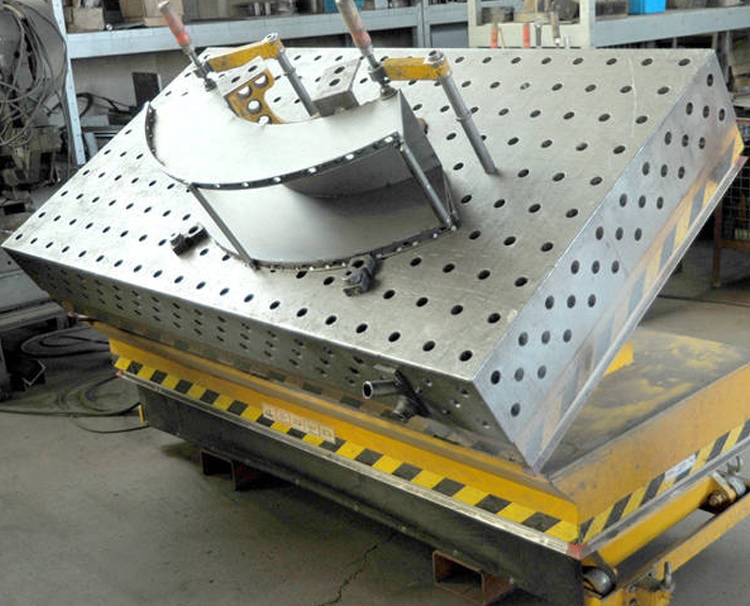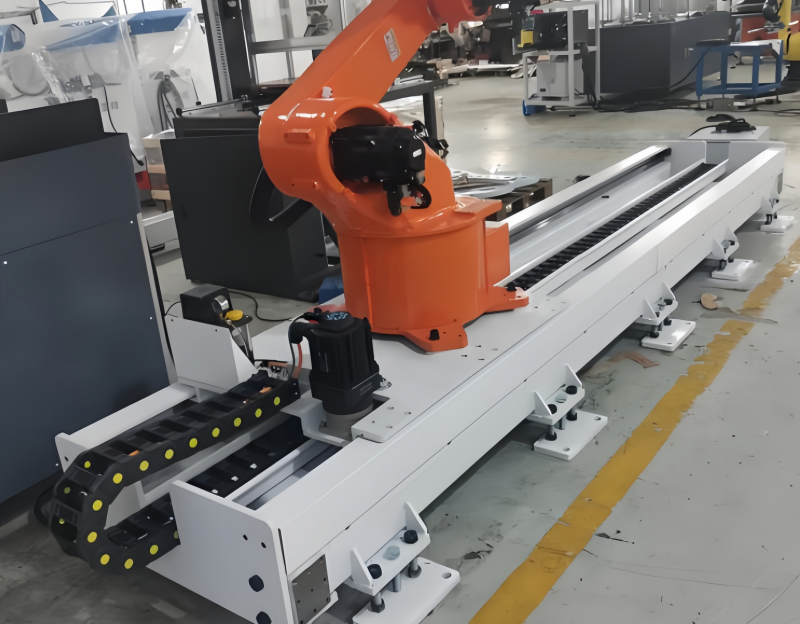
Robot external axis
- Commodity name:Robot external axis
- Manufacturer: Xinbao Intelligent
Product Details
Robot walking track robot seventh axis robot external axis
Development characteristics of robot external axis:
The characteristics of robot development nowadays can be summarized as follows: horizontally, the application scope is becoming wider and wider. Expand from 95% of industrial applications to more non industrial applications in various fields. Such as surgery, fruit picking, pruning, tunnel excavation, reconnaissance, mine clearance, as well as space robots and underwater robots. The application of robots is unlimited, as long as it can be imagined, it can be created and realized; Vertically, there will be more and more types of robots, such as micro robots that enter the human body, which have become a new direction and can be as small as a grain of rice; The intelligence of robots has been strengthened, and robots will become smarter
Components of the external axis of the robot:
The external axis of a robot is generally composed of an actuator, a driving device, a detection device, a control system, and complex machinery.
Executing Agency
The robot body generally adopts a spatial open chain linkage mechanism for its arm, where the motion pair (rotating pair or moving pair) is often referred to as a joint, and the number of joints is usually the degree of freedom of the robot. According to the different joint configuration and motion coordinate forms, robot actuators can be divided into types such as Cartesian coordinate, cylindrical coordinate, polar coordinate, and joint coordinate. For the sake of anthropomorphism, the relevant parts of the robot body are often referred to as the base, waist, arms, wrists, hands (gripper or end effector), and walking parts (for mobile robots).
Robot walking track robot seventh axis robot external axis
The main reason for robots to be equipped with walking tracks is to ensure the accuracy and stability of the robot during the working process. Compared to free walking, robots fixed on tracks can move on precise trajectories, ensuring more accurate control of the robot's position and direction. This approach is particularly important when high-precision production, manufacturing, logistics, and other tasks are required. In addition, robots equipped with walking tracks can also save space and occupy less equipment space. Therefore, in many cases, orbital robots are considered as efficient, accurate, and stable solutions.
Key words:
Online Consultation




